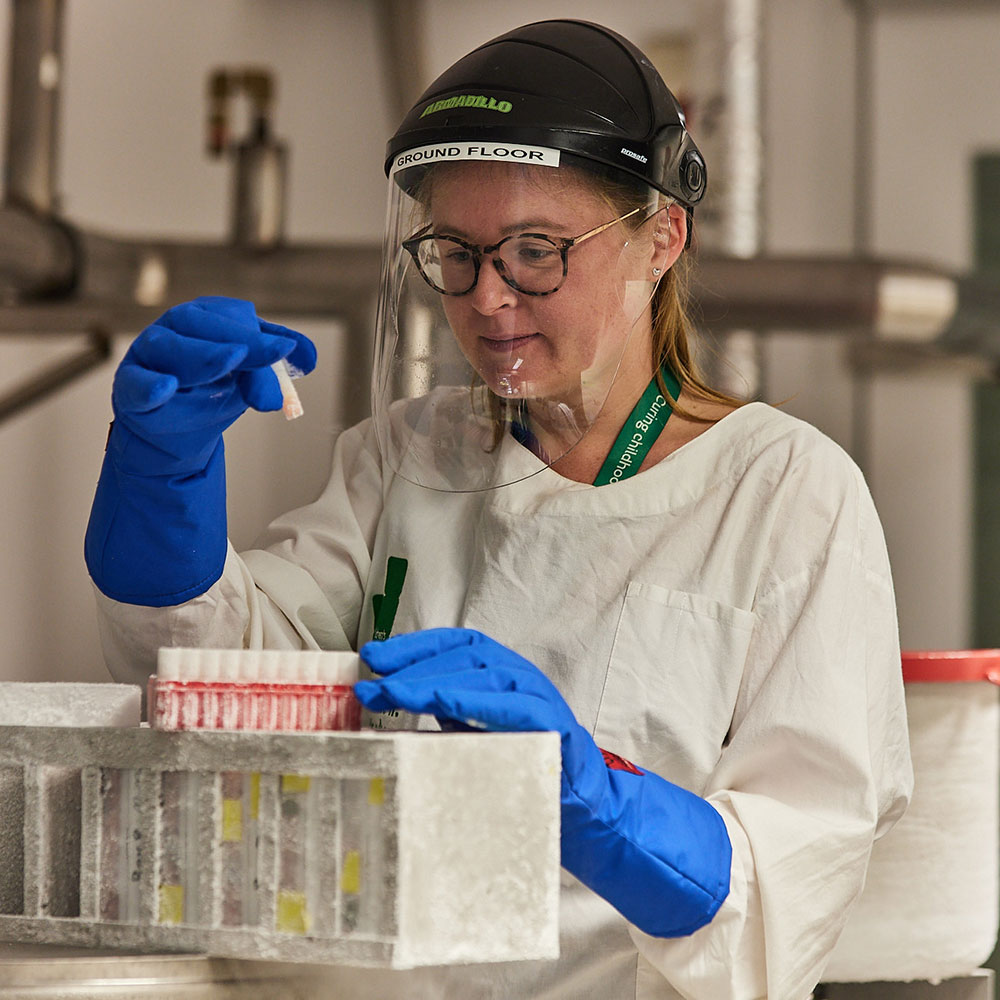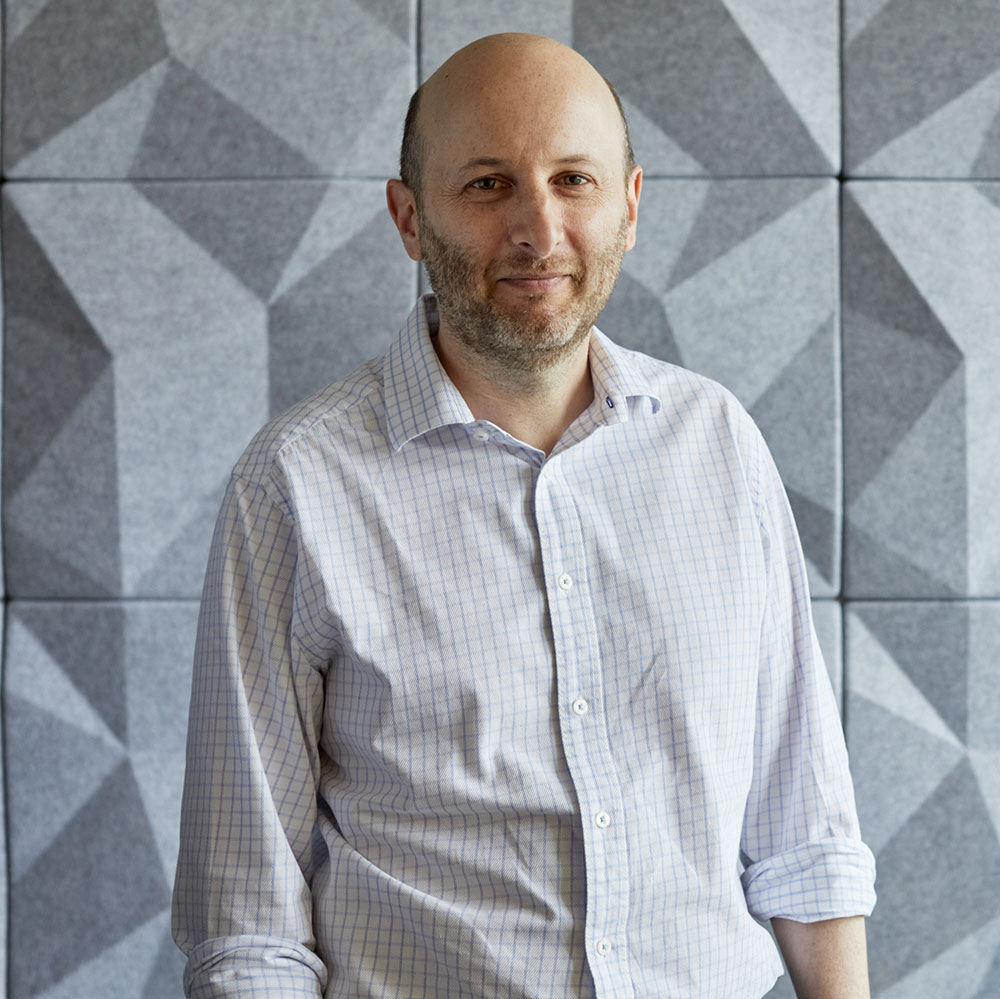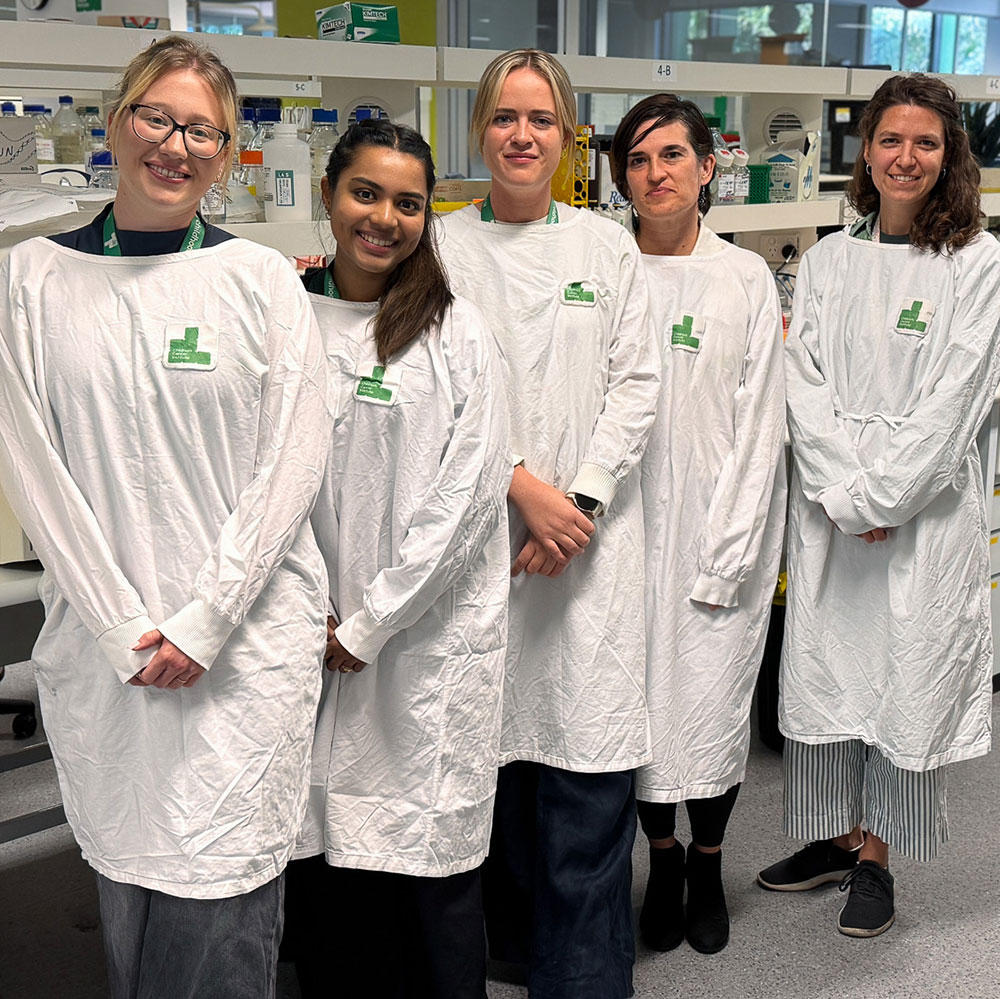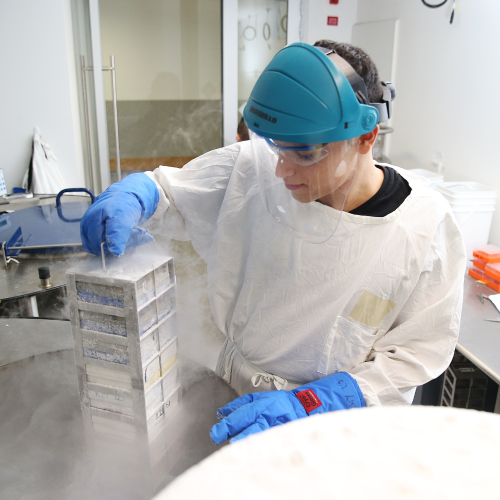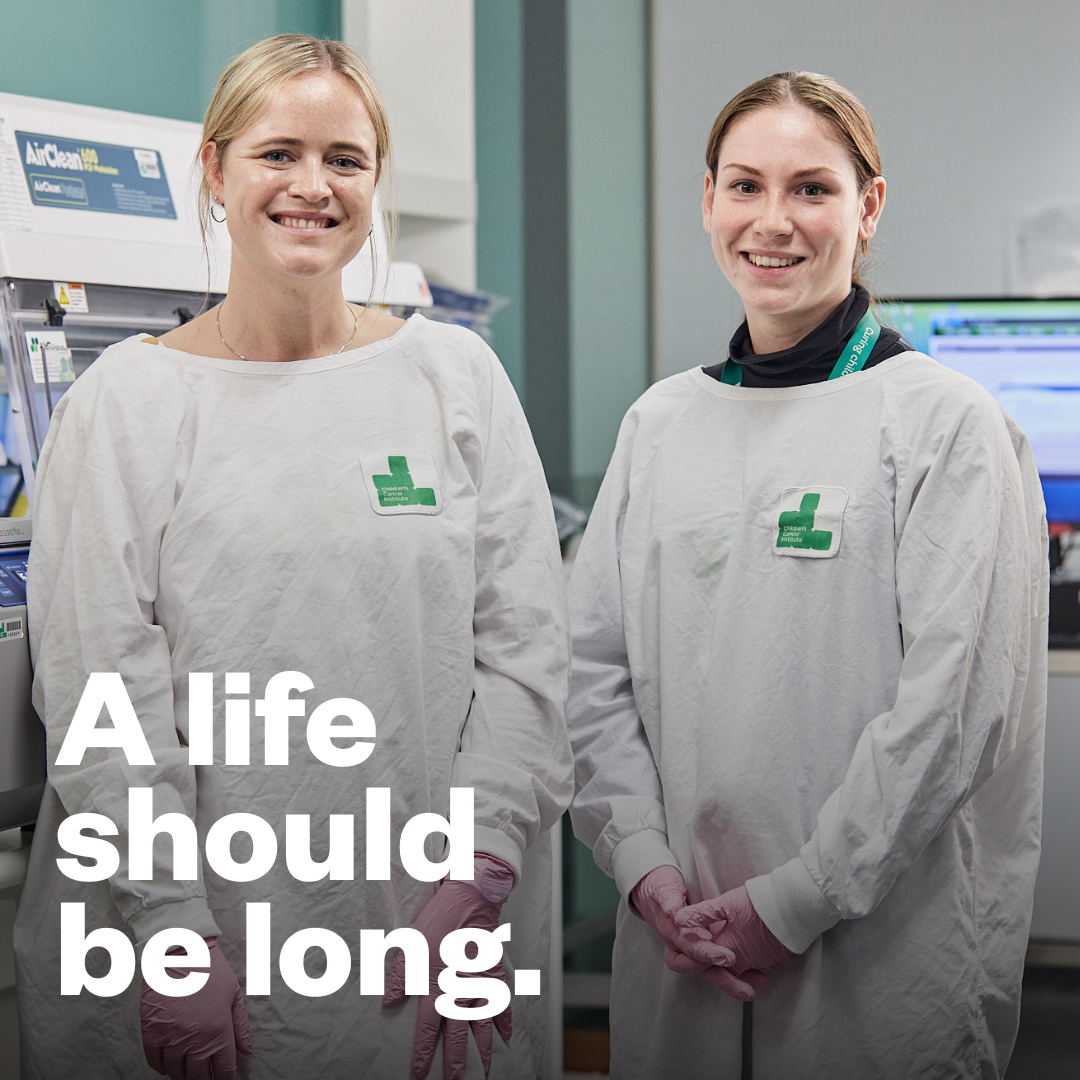May is Brain Cancer Awareness Month – an important opportunity to learn more about brain cancer and help raise awareness of its impact. For our first blog of the month, we introduce the topic of brain cancer and take a look at the latest statistics in Australian children.

Brain cancer is the second most common cancer in children and kills more children than any other disease.

Younger children are at the highest risk of death with cure rates still remaining at a dissapointing low.

Children who survive brain cancer are often left with serious long-term health problems.
An overview of brain cancer in children
Brain cancer is a term that’s used to refer to the many different types of cancer that can grow in the brain. In children, the most common sites for brain cancer are the back of the brain (the cerebellum) and the base of the brain (the brain stem).
Most often, when a child is diagnosed with brain cancer, the cause isn’t clear. This is very frustrating for parents who naturally want to know “why my child?”. Worse, the prognosis for brain cancer is often grim. Brains cancers can grow quickly and can be extremely difficult to treat. The need for new, more effective therapies is nothing short of urgent.
What the statistics say
Number of cases
The latest statistics on the incidence of brain cancer from the Australian Institute of Health and Welfare show that in 2018, there were 112 new cases diagnosed in 0–19-year-olds, with the projected incidence for 2022 at 123 cases. This makes brain cancer the second most diagnosed childhood cancer after leukaemia.
Number of deaths
The latest mortality statistics available from the Australian Institute of Health and Welfare show that in 2020, there were 42 deaths from brain cancer in 0–19-year-olds.
In the past, leukaemia was responsible for the most deaths in children and adolescents. However, while cure rates for the most common childhood leukaemia (acute lymphoblastic leukaemia) have improved significantly in recent years, the same cannot be said for brain cancer, which has now overtaken leukaemia in the number of deaths caused.
Survival rates
The overall 5-year relative survival rate in 0–19-year-olds with brain cancer is 61.2% (2014-2018; Australian Institute of Health and Welfare). This is well below the overall survival rate for childhood cancer, which now exceeds 85% in Australia.
These figures illustrate an often-overlooked fact: survival rates in children diagnosed with cancer vary significantly according to the type of cancer. For many types of brain cancer, cure rates remain disappointingly low.
Quality of life in survivors
Another all-too-often overlooked fact is that most children who survive brain cancer go on to suffer significant long-term health effects, often the rest of their lives.
According to a report by the Australian Institute of Health and Welfare published in 2017 (Brain and other central nervous system cancers), common health problems among those treated for brain and other central nervous system cancers as children include hormonal and growth abnormalities, behavioural changes, and problems with vision, hearing, and movement. In addition, survivors of childhood brain cancer tend to have fewer work and education opportunities, and experience higher than average psychological distress, with common mental health issues including anxiety and depression, suicidal thoughts, sleep problems and antisocial behaviours.
Clearly, as well as improving survival rates, there is an urgent need to improve the quality of life of survivors.
Donate your age
Most people take getting old for granted. At Children’s Cancer Institute we do not. Sadly, 3 children die from cancer every week in Australia. These kids don’t get to experience growing old, or even growing up.
This Brain Cancer Awareness Month, we're inviting you to show your appreciation for every year of life you’ve been lucky enough to live, by Donating Your Age.
In our next blog, we will turn our focus from the problem to the solution, with a look at some of the exciting brain cancer research underway at our Institute.


